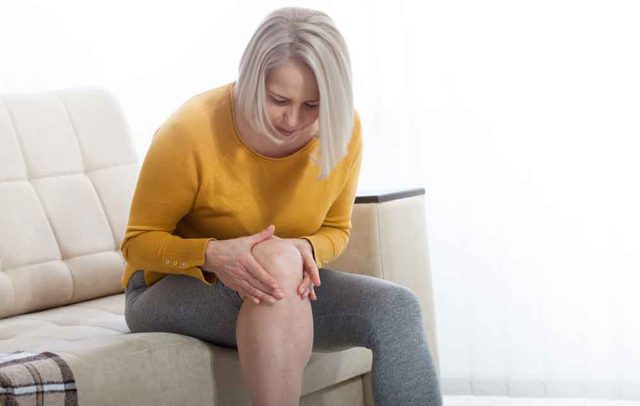
Heel pain (plantar fasciitis) is a common problem. The plantar fascia is a tough and flexible band of tissue that runs under the sole of the foot to connect the bones and act as a shock absorber. Pain is usually caused when this tissue becomes damaged.
Signs and symptoms
The main symptom is pain in the heel area of your foot. Pain will usually be worse first thing in the morning or after periods of rest as your plantar fascia tends to tighten up when asleep overnight. Gentle exercises may ease the pain slightly, although being on your feet for long periods of the day may cause the pain to get worse.
Activity
It is important to continue with your daily activities as much as possible. If you stand or sit for long periods throughout the day, make sure that you take regular breaks and try to avoid long periods of standing or sitting as much as possible. Depending on your pain, you may need to reduce any excessive exercise or sport for a short while.
Pain relief
You may wish to take painkillers to help ease the pain. Sometimes, anti-inflammatory medicines such as ibuprofen can be helpful. Check with your doctor or pharmacist before starting any new medication.
Ice
Use an ice pack, for example, a cold tin or bottle of frozen water, to roll under your foot and help to relieve pain. Gel pads and arch supports.
You can buy various pads and shoe inserts to cushion the heel and support the arch of your foot. These work best if they are in your shoes all the time. They can be bought in most chemists or sports shops.
Treatment
Over time, the problem will get better by itself. However, this may take several months or more. A combination of simple exercises and stretches can be used to help recovery.
Footwear
Do not walk barefoot on hard surfaces. Choose shoes with cushioned heels and a good arch support. A laced sports shoe rather than open sandals is best. Avoid shoes that may not give a good cushion to your heel.
Exercise and stretches
All stretches should be repeated twice and regularly carried out throughout the day.
Stretch one
With your heel on the ground place toes onto the wall, then slowly bend your knee towards the wall until you feel the stretch in the calf. Hold this for 20 seconds and repeat.
Stretch two
Fill a bottle with water and freeze. Either in sitting or standing slowly roll the bottle up and down, repeat this several time and rest for 30 seconds.
Stretch three
Lean against a wall with arms out stretched. Keeping both heels on the on floor, bend the front knee keeping your back leg as straight as possible, keep
Stretch four
Sit with your affected leg crossed over the other, taking your toes into your hand gently pull back toes towards you, hold for ten seconds and repeat as often as you can throughout the day. You can try and massage under the heel during this exercise. It might be sore but will ease off as you massage.
Stretch five
Use a wall for support with arms stretched out, lunge back onto your leg behind you, keep your heel flat and get your knee over your toe. Feel the stretch in your lower calf and hold for 20 seconds and repeat.
You can self-refer into community physiotherapy services. Simply call 0207 871 0545 to make an appointment. Your initial contact with one of our chartered physiotherapists may be over the phone, where you will either be given advice on appropriate treatment, or a face-to-face consultation will be arranged.
Should you wish to speak to your GP first, simply make an appointment with your local practice. If your GP refers you, one of our patient care advisers will contact you within 48 hours to arrange an appointment.